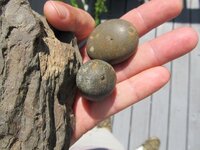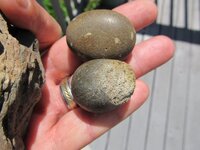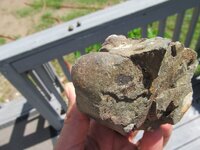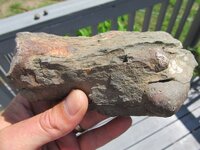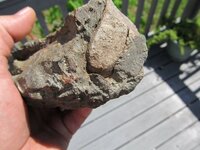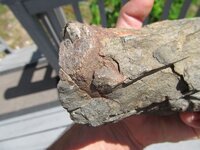romeo-1
Gold Member
I posted this on the Fossil forum but thought I would take advantage of the expertise of the What is It forum as well. Thoughts?
http://www.treasurenet.com/forums/fossils/294981-fossilized-egg.html#post2783172
http://www.treasurenet.com/forums/fossils/294981-fossilized-egg.html#post2783172



